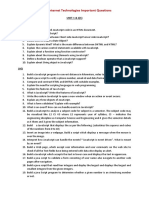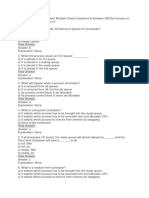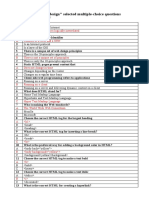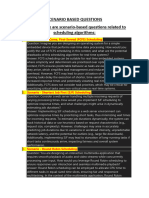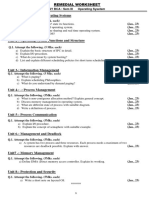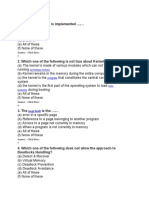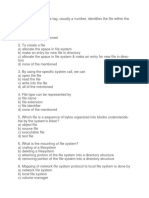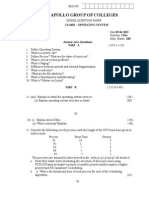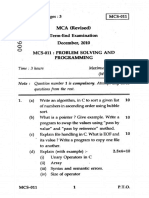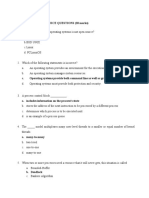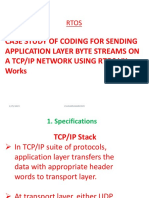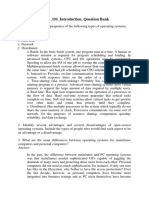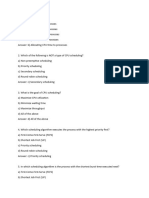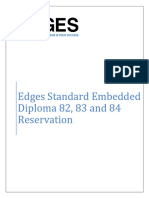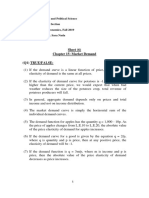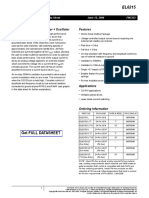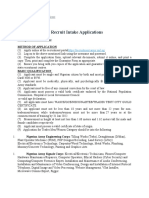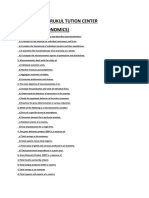0% found this document useful (0 votes)
571 views5 pagesCpu Scheduling MCQ
The document discusses various CPU scheduling algorithms including FCFS, SJF, priority scheduling, round robin scheduling, and multilevel queue scheduling. It provides examples of how to calculate waiting times for different processes under these algorithms and compares their performance on criteria like throughput, turnaround time, and waiting time. Key terms discussed include starvation, time quantum, aging, dispatch latency, and convoy effect.
Uploaded by
Ahmed ElkerdawyCopyright
© © All Rights Reserved
We take content rights seriously. If you suspect this is your content, claim it here.
Available Formats
Download as PDF, TXT or read online on Scribd
0% found this document useful (0 votes)
571 views5 pagesCpu Scheduling MCQ
The document discusses various CPU scheduling algorithms including FCFS, SJF, priority scheduling, round robin scheduling, and multilevel queue scheduling. It provides examples of how to calculate waiting times for different processes under these algorithms and compares their performance on criteria like throughput, turnaround time, and waiting time. Key terms discussed include starvation, time quantum, aging, dispatch latency, and convoy effect.
Uploaded by
Ahmed ElkerdawyCopyright
© © All Rights Reserved
We take content rights seriously. If you suspect this is your content, claim it here.
Available Formats
Download as PDF, TXT or read online on Scribd
/ 5











